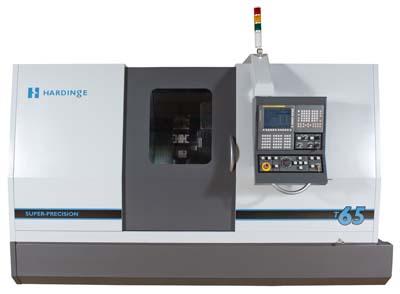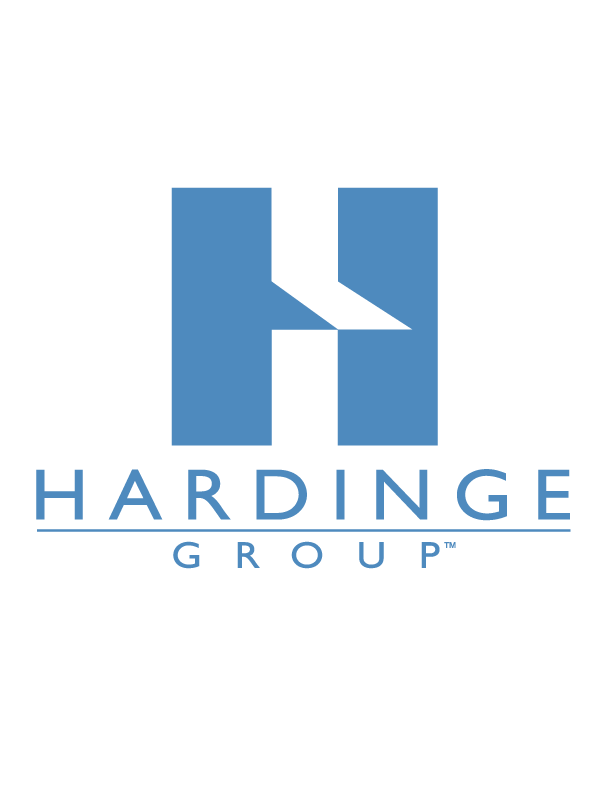
Hardinge Inc. announces the release of their newest and most advanced CNC machines, the T-51 and T-65 (pictured) SUPER-PRECISION and High-Performance Turning Centers. Like the T-42, the new T-51 and T-65 machines are the culmination of many years of Hardinge expertise in SUPER-PRECISION and High-Performance turning.
The T-51 and T-65 are ideal for two axis high precision machining or complex multi-tasking operations that require a high level of precision, delicate part handling and parts made complete in a single setup. High-Performance and SUPER-PRECISION machine packages are pre-configured with their most popular features allowing users to select the proper machine tool configuration and precision level to produce parts in the most effective, accurate, and profitable manner. Packages are available to choose from with features that include but are not limited to: Live Tooling with C-axis, Sub Spindle, Y-axis, Main Spindle Parts Catcher, and their unique Sub Spindle Parts Catcher designed for removing delicate high precision parts with critical surface finish requirements without damage to the part.
The Hardinge T-51 and T-65 machines feature:
5000 RPM
2" bar capacity, A2-6", 20 HP, collet-ready spindle
12 turret stations (all live tooling capable)
Hardinge exclusive HARCRETE reinforced cast iron base for stability
Custom macro B Linear glass scales on each axis (SUPER-PRECISION models)
Part surface finishes of 12 micro-inches on High Performance models and 8 micro-inches on SUPER-PRECISION models
Wide range of options such as Sub Spindle, Live Tooling and Y-Axis
Fanuc 31i Control
Contact Details
Related Glossary Terms
- centers
centers
Cone-shaped pins that support a workpiece by one or two ends during machining. The centers fit into holes drilled in the workpiece ends. Centers that turn with the workpiece are called “live” centers; those that do not are called “dead” centers.
- computer numerical control ( CNC)
computer numerical control ( CNC)
Microprocessor-based controller dedicated to a machine tool that permits the creation or modification of parts. Programmed numerical control activates the machine’s servos and spindle drives and controls the various machining operations. See DNC, direct numerical control; NC, numerical control.
- precision machining ( precision measurement)
precision machining ( precision measurement)
Machining and measuring to exacting standards. Four basic considerations are: dimensions, or geometrical characteristics such as lengths, angles and diameters of which the sizes are numerically specified; limits, or the maximum and minimum sizes permissible for a specified dimension; tolerances, or the total permissible variations in size; and allowances, or the prescribed differences in dimensions between mating parts.
- turning
turning
Workpiece is held in a chuck, mounted on a face plate or secured between centers and rotated while a cutting tool, normally a single-point tool, is fed into it along its periphery or across its end or face. Takes the form of straight turning (cutting along the periphery of the workpiece); taper turning (creating a taper); step turning (turning different-size diameters on the same work); chamfering (beveling an edge or shoulder); facing (cutting on an end); turning threads (usually external but can be internal); roughing (high-volume metal removal); and finishing (final light cuts). Performed on lathes, turning centers, chucking machines, automatic screw machines and similar machines.

